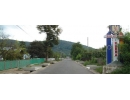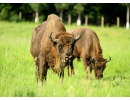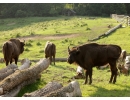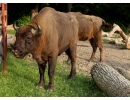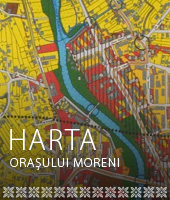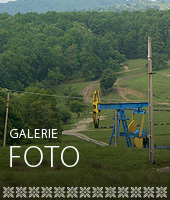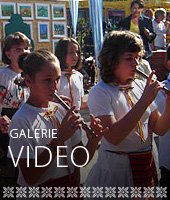Events Calendar
vizite
BUCSANI, LAND OF THE LAST BISON
The Black Bison Reserve found in the forests of Bucsani, in county Dambovita, is situated less than 21km from Moreni and 30km from Targoviste, along the route DJ720A.
In May 2010, at the Bucsani reservation, there were 35 bison in total, 16 males and 19 females, which live in the 162 hectares of forest which make up the reservation. All 35 animals were given names beginning with "RO".
At the end of 2009, the bison reserve were blessed with four new additions to the group. Born in June 1986, Rociu is the oldest of the bison. Among the other bison, we have Rococo, Rotunda, Rogojan, Romario, Roberta and even "Robocop".
The Black Bison Reserve was created in 1983, for the purpose of introducing the species to the plains of the area. In 1983, 18 bison were brought to the reservation from around the country, as well as a few others from abroad. "After 1995, the purpose of our reservation became the breeding and transfer of the bison to other the other reservations in the country."
A male bison reaches maturity at around 7-8 years old and weighs around a ton, while the female reaches maturity after 4-5 years, weighing approximately 600kg.
Even while living in captivity, the bison is a proud, shy animal, and prefers to keep its distance from humans.
For those who wish to spend more time in nature, you can rent a 12 person cabin right next to the reservation.
During the winter, the bison cannot fully feed themselves: "They are already used to being helped by humans. The forests are not as pure and untouched as they used to be."
Romania has four bison reservations.
The bison disappeared from the lands of Romania in the 19th century, due to excessive hunting and the drastic deforestation of the country. In 1958, our country imported several bison from Poland, which were brought to the Hateg reservation. Besides Hateg and Bucsani, Romania has two other bison reservations: Dragos Voda (in Neamt) and Vama Buzaului (in Brasov). In Neamt, the aim is to release the bison into the wild, and feed them over the winter.
RATES - A ticket into the reservation costs just 3 lei, and the best time to visit is in the morning, around 10am, the bison's feeding time.
IEDERA village - Cetatica
Iedera village is situated in north-east Dambovita, at the border with Prahova county, in the upper course of Cricovului Dulce, and can be reached via the county route DJ710A, which connects Moreni to Pucioasa along the valley of the river Cricovul Dulce.
The rural settlements north of Moreni, on the Cricov valley, are documented at the time of Matei Basarab in 1640. The reigns of 1668 mention the "Iedera" and "Valea Lunga" settlements, and the Cantacuzino documents mention the "Iedera estate" as their priority, according to the 1675 encyclopedia written by Jeremia Sluger to his nephew Mihail Cantacuzino. Estate remains in possession of the family until 1945 when the agrarian reform impregnated the inhabitants of the settlement.
Valea Cricovului, suitable for the development of human settlements on both banks, have developed since the oldest times, village winds, as we can see at the point named Cetatica.
As a documentary mention, the villages located north of Moreni, although documented from Matei Basarab's time, can be considered as having a permanent continuity. Though the pots prove prominently, mentioning the name "Iedera", not long after the 1600s, are poor in providing some precise information on these people who are eager for freedom.
About Iedera, as a settlement, we find a document in 1668: "Radu Voievod, give the command of "jupaneasa Ancuta" to be the "ocina si rumanii" from the village of Iedera" (Grigore Gh. Cantacuzino-documentary)







